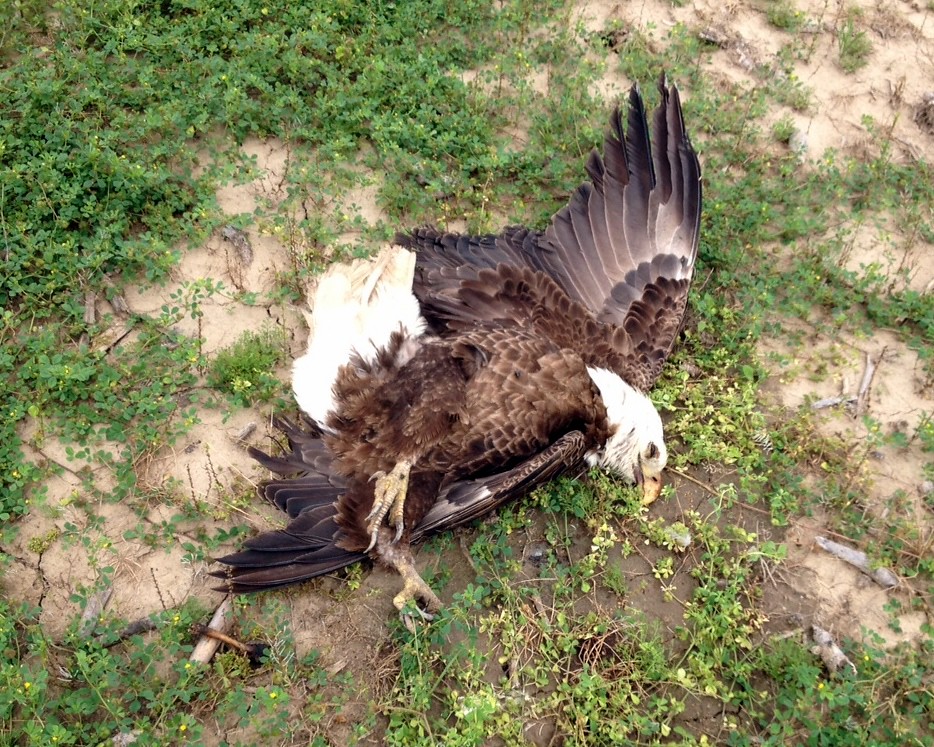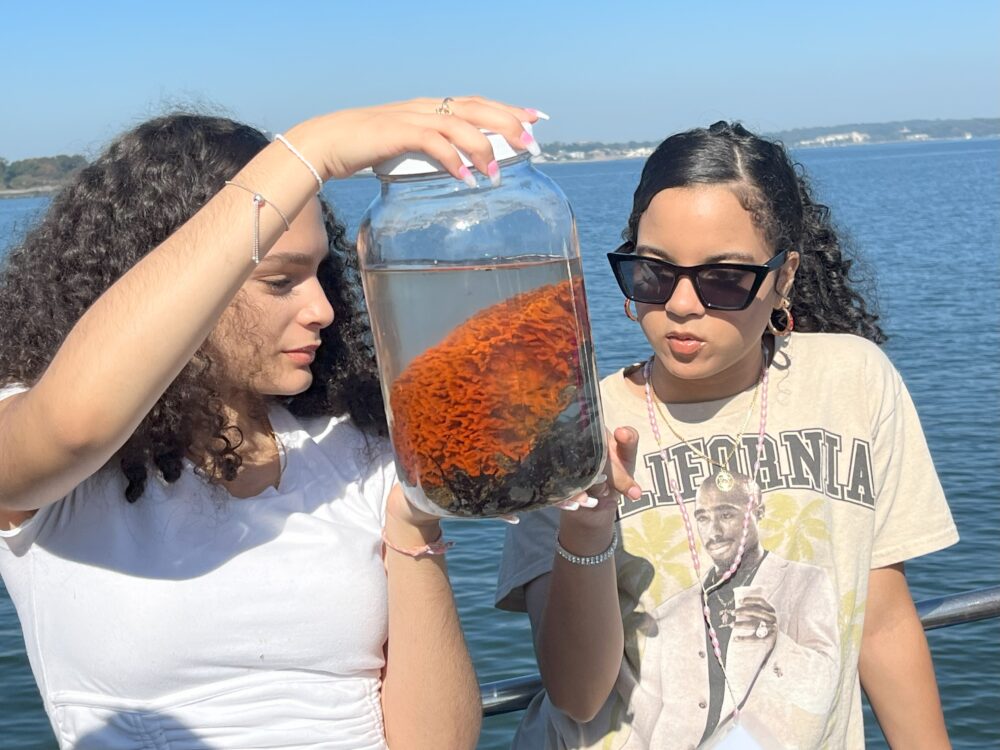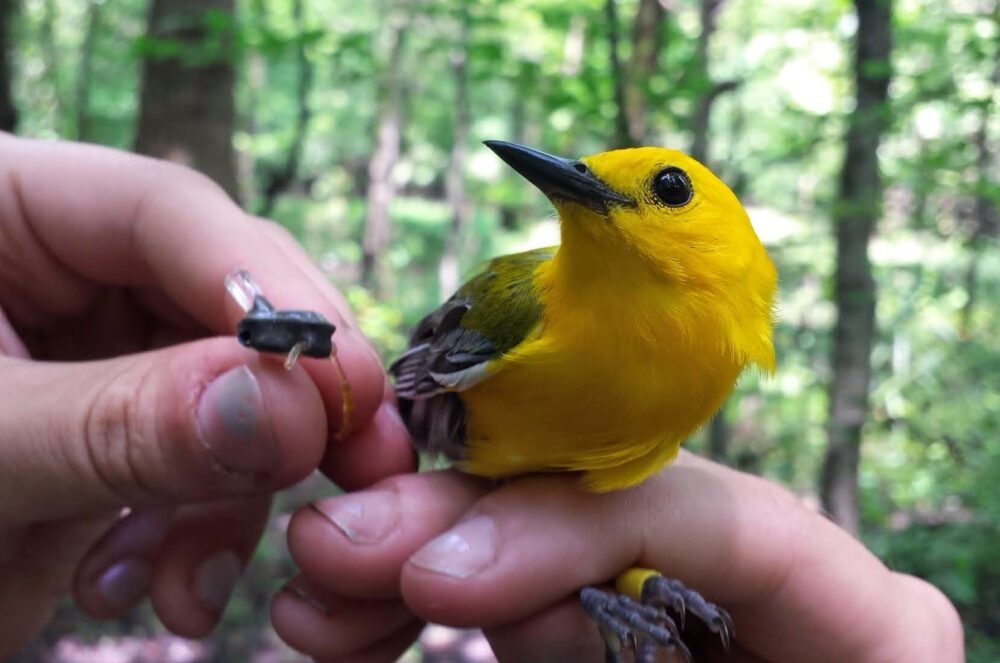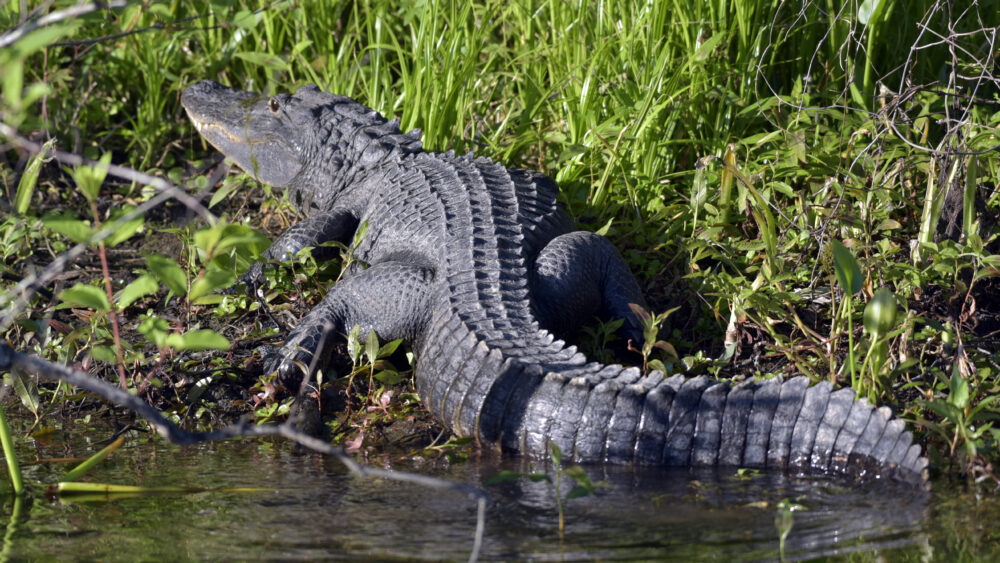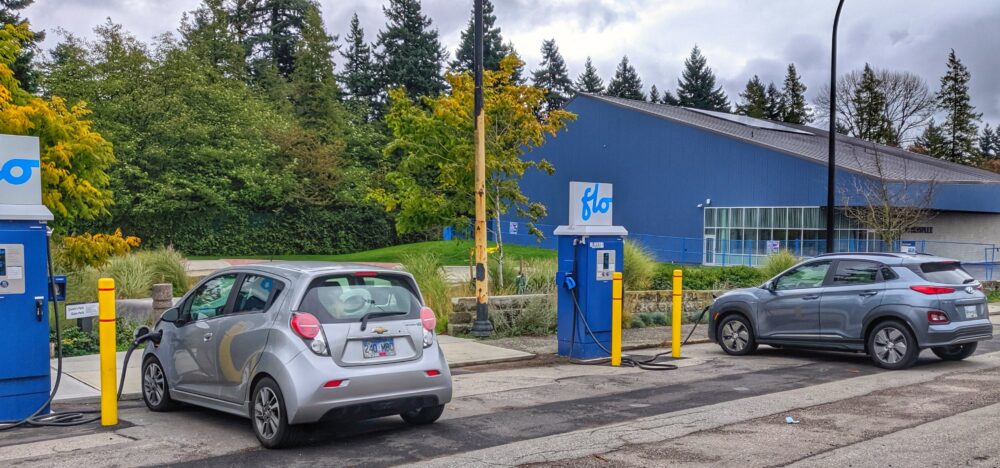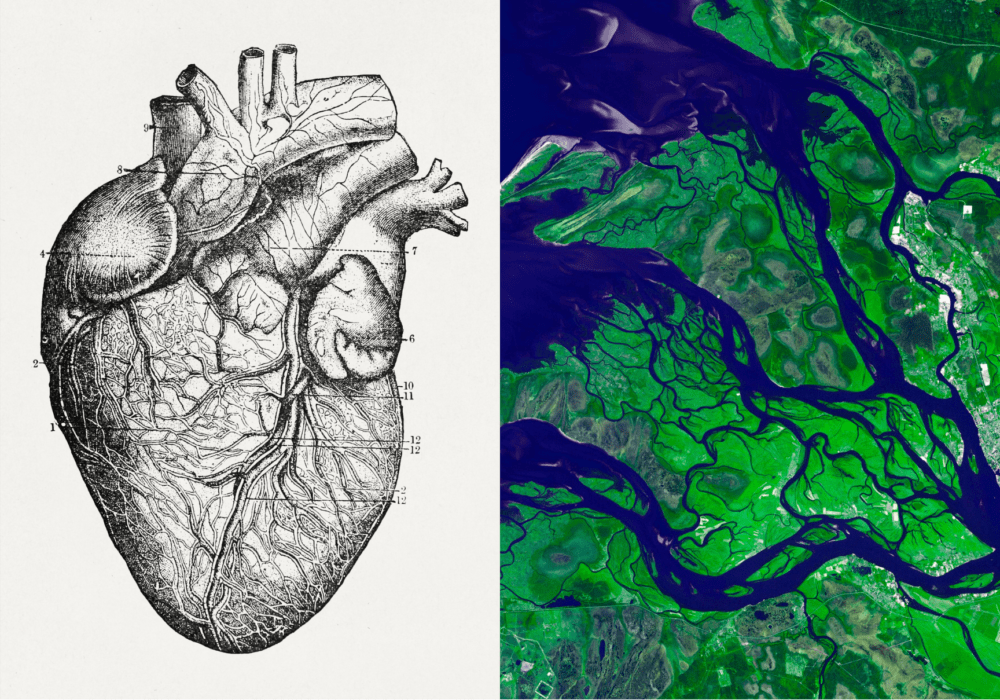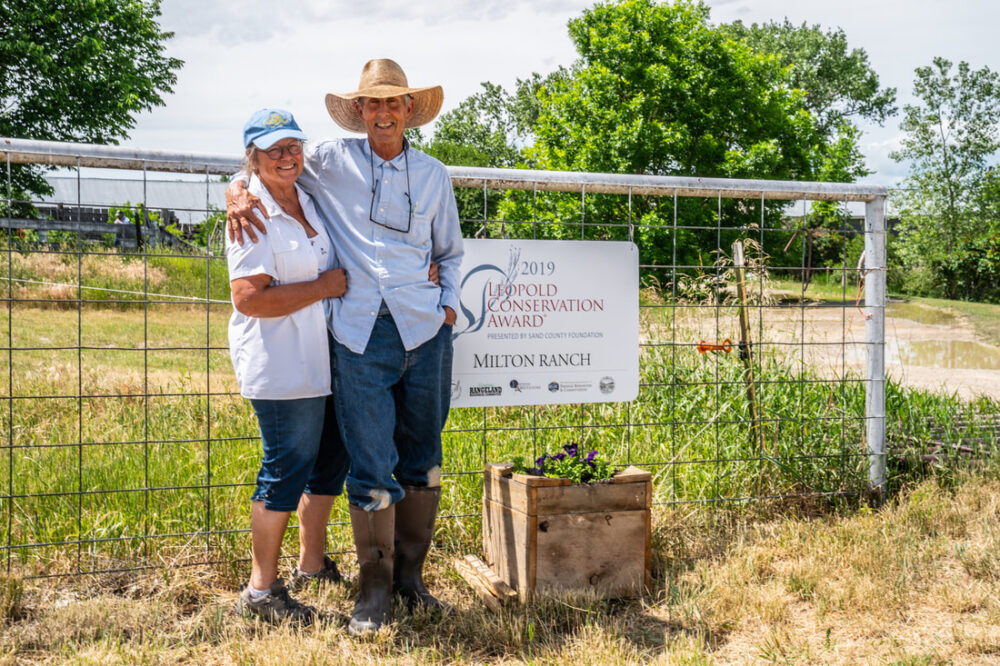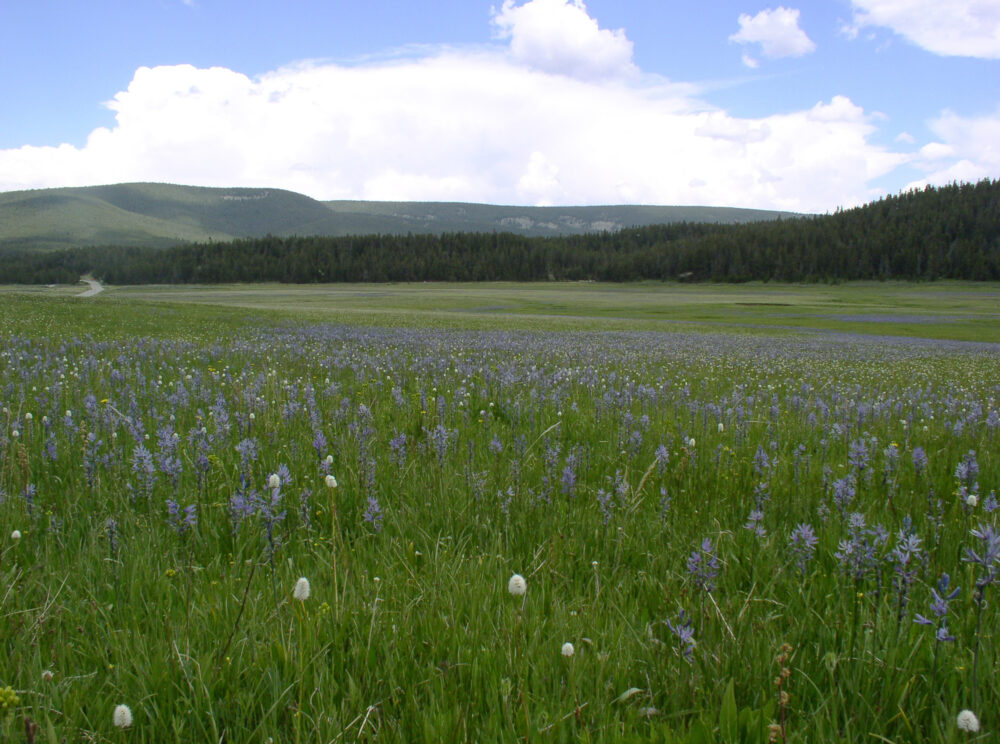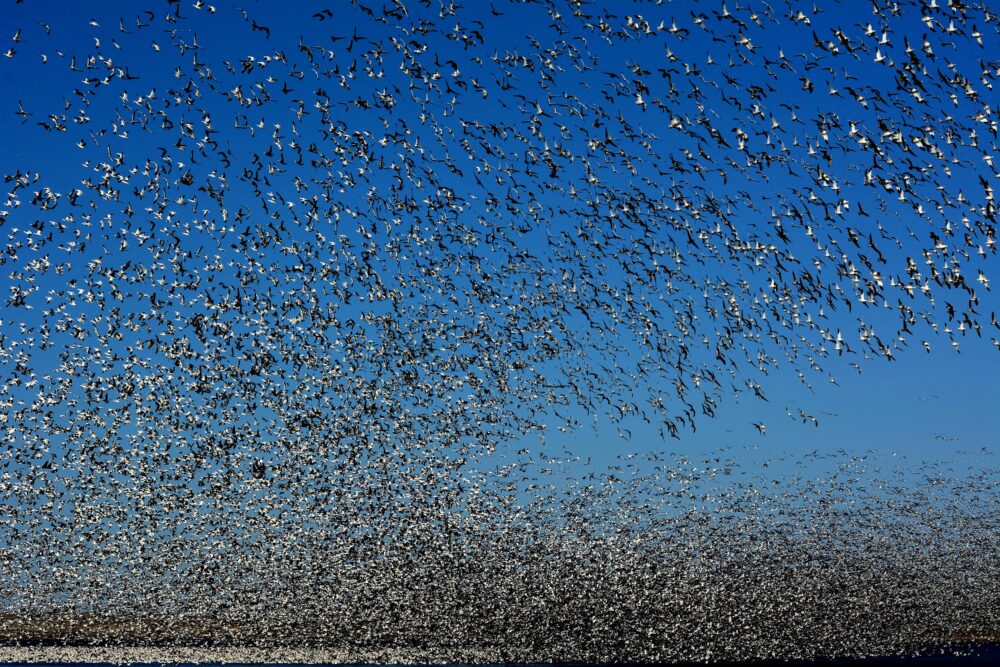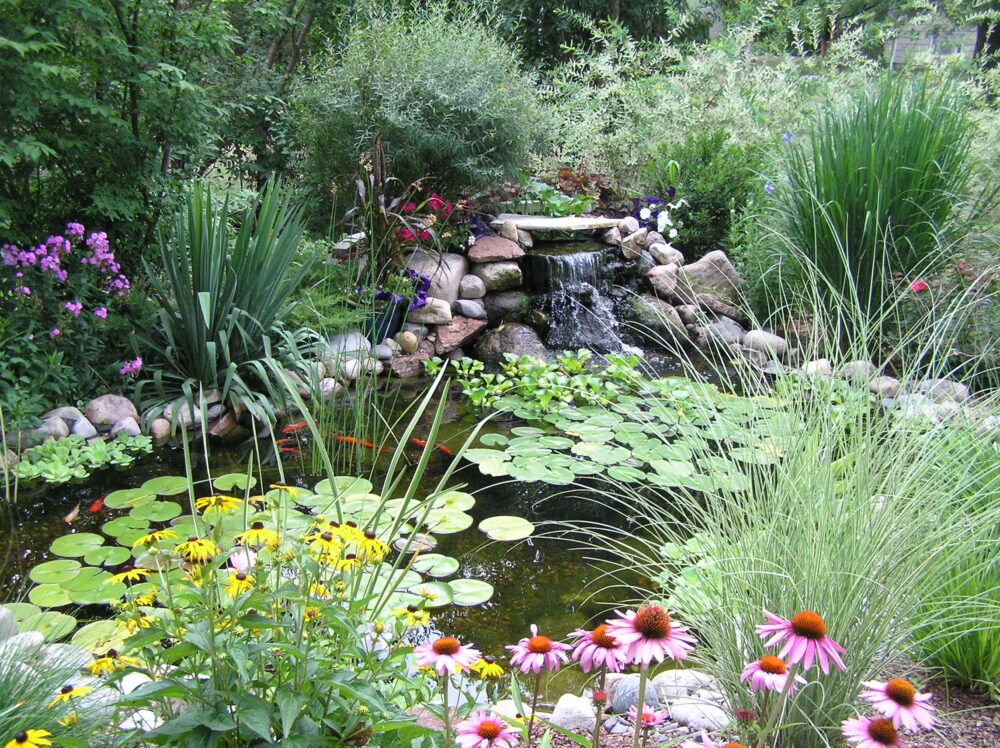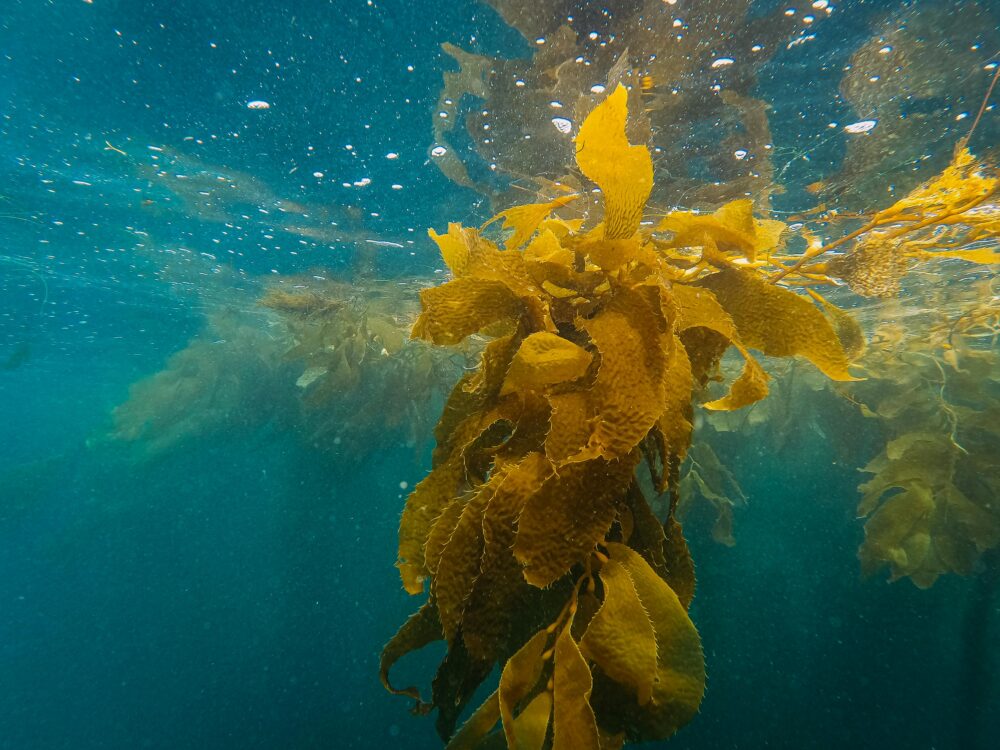We have much more to do and your continued support is needed now more than ever.
NEW GUIDE: Passing Wildlife-Friendly Property Maintenance Ordinances

Neighbor-friendly landscaping
Local elected officials and community leaders have the opportunity to transform local landscaping practices that will empower residents to participate in the expansion of wildlife-friendly habitats where they live, work, learn, play, and worship.
The Community Wildlife Habitat program and the Mayors’ Monarch Pledge program both work alongside cities, municipalities, homeowner associations, and local leaders to create healthy, sustainable, wildlife-friendly communities. These programs have produced a network of over 800 communities in North America that are making strides in adopting policy solutions for wildlife conservation.
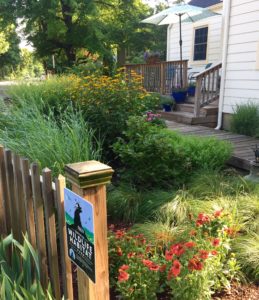
The efforts of Green Bay, WI; Evanston, IL; Minneapolis, MN; Austin, TX, and the High Desert Residential Owners Association in Albuquerque, NM have been documented in a Guide to Passing Wildlife-Friendly Property Maintenance Ordinances.
These communities previously enforced a conventional landscape aesthetic, but updated ordinances, policies, and landscape plans to incentivize resident engagement in wildlife gardening and the expansion of managed natural landscapes. The Guide provides model ordinances and policies that any local leader can adopt and stresses the importance of neighbor-friendly landscaping practices.
Property maintenance ordinances should reflect the needs of local wildlife
Conventional landscaping practices often disincentivize citizens from creating pollinator meadows, prairie patches, and other gardens that grow over a maximum threshold. Conventional landscaping practices often rely on the use of non-natives and turf grasses that significantly reduce local biodiversity.
Lawn management practices play a major role in increasing biodiversity and reversing America’s wildlife crisis. When lawns are managed with native plants and are chemical-free, they can provide quality wildlife habitat in any community. Landscaping with native plants can help reduce stormwater runoff, reduce pesticide usage, and provide habitat for local wildlife and pollinators. Native plants require lower maintenance because they have evolved natural defenses to local conditions such as drought or soil type, making them more resilient and adaptable to changing climate and weather conditions.
Initial research has found that National Wildlife Federation Certified Wildlife Habitats host more “specialist” birds than highly maintained, conventional lawns. These specialist birds have evolved specific needs for resources most likely to be found in their native habitats.
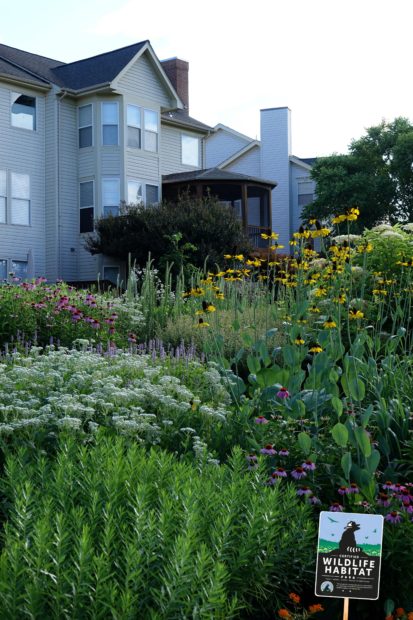
Local leaders can make changes to traditional landscaping practices and provide immense benefits to wildlife. Relatively simple actions like removing milkweed from a city’s noxious plant list will provide a tremendous benefit to the monarch butterfly. The monarch butterfly relies exclusively on its host plant milkweed which can grow 2-6 ft tall depending on the species. A traditional ordinance would often consider a milkweed garden a public nuisance and required it be cut down, which has proven drastic for monarchs.
Yards make up about 50 percent of our total green space in the continental U.S. Therefore, many declining wildlife species, such as birds, monarchs, and bees can thrive right alongside us, if we just give them quality habitat within our cities, towns, neighborhoods, and backyards.
Local governance and management are critical for urban wildlife conservation and the National Wildlife Federation is proud to work alongside communities that are leading urban conservation and creating havens for wildlife.
Read our new Guide to Passing Wildlife Friendly Property Maintenance Ordinances and check out the Community Wildlife Habitat, Mayors’ Monarch Pledge, and Sacred Grounds programs for ways to get involved in community-driven conservation. Work with your local schools through Eco-Schools USA and Schoolyard Habitats programs.

